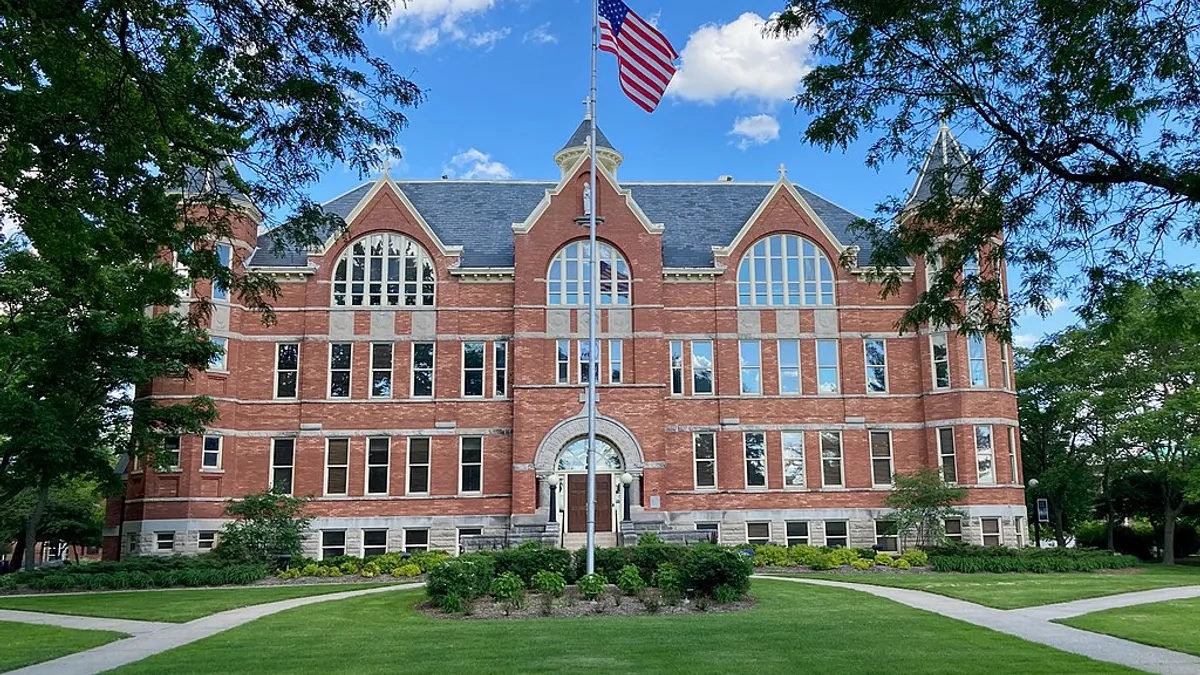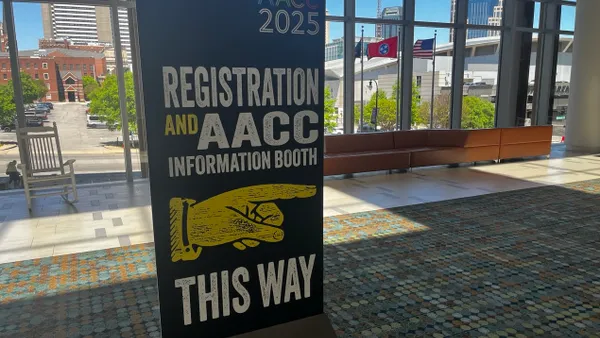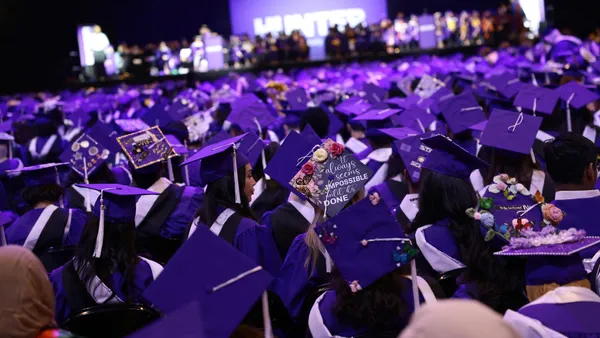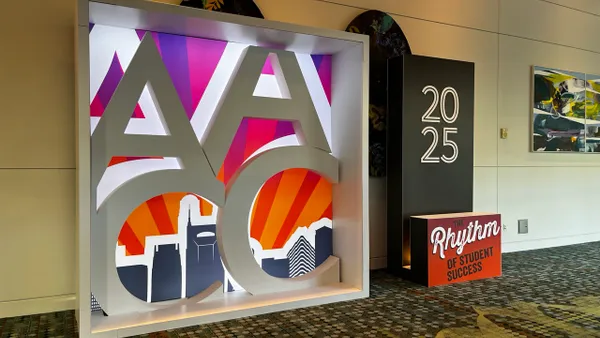Dive Brief:
- First-year Common Applications are up 5% year over year, with over 1.2 million prospective students submitting the forms for the 2024-25 application cycle as of Jan. 1, the company said Thursday.
- First-year applications ticked up across both institution types and student demographics, but some groups saw accelerated growth. Common App found disproportionate increases among students believed to be from low-income households and those who identified as underrepresented minorities.
- Applications to public institutions grew by 11% year over year, outpacing the 3% growth seen at private colleges, Thursday's report said.
Dive Insight:
Applications from prospective first-year students have steadily increased since the 2020-21 application cycle, Common App found.
That's despite the challenges that have thrown aspects of college admissions into tumult, including the botched rollout of the updated Free Application for Federal Student Aid during the 2024-25 cycle and the U.S. Supreme Court's June 2023 ban on race-conscious admissions.
Roughly 960,000 students used the Common App portal to submit over 4.8 million applications during the 2020-21 cycle. In the 2024-25 cycle, over 1.2 million users submitted just under 6.7 million applications.
Prospective students can continue to apply to colleges through the month and beyond. But a majority of applications for the following fall semester are traditionally submitted by the end of December.
The number of colleges first-year prospects applied to ticked up slightly between 2020-21 and 2024-25, but remained between five and six institutions.
Common App found disproportionate application growth among students from low-income households. The portal does not directly collect household income from applicants, but researchers used students who were eligible for fee waivers as a proxy. Application rates for that group increased by 10%, compared to 2% for their counterparts who weren’t eligible for the waivers.
Moreover, applications from students in ZIP codes where median incomes fall below the national average grew 9% since the 2023-24 cycle, compared to 4% growth from those in above-median income areas, Common App found.
The company also saw more applications from minority groups underrepresented in higher education, classified by researchers as those who identify as Black or African American, Latinx, Native American or Alaska Native, or Native Hawaiian or other Pacific Islander.
As of Jan. 1, 367,000 underrepresented applicants used Common App to submit first-year applications. But their numbers are growing at a faster rate than their counterparts.
Among students in underrepresented groups, first-year applications grew by 13% since last year, compared to the 2% growth for the others.
Latinx and Black or African American candidates drove much of that growth, showing year-over-year increases of 13% and 12%, respectively.
However, it appears that students are reconsidering their application materials following the 2023 Supreme Court decision. In June, separate Common App research found a decrease in the number of Asian, Black, Latinx and White students referencing race or ethnicity in their college essays.
Thursday's report also found more first-year students including standardized test scores in their applications, up 10% since last year. The number of applicants leaving them out remained unchanged year over year.
"This marks the first time since the 2021–22 season that the growth rate of test score reporters has surpassed that of non-reporters, narrowing the gap between the two groups," the report said.
That's despite interest slowing in highly selective colleges, the type of institutions that have historically most used standardized test scores in the admissions process.
Applications to colleges with acceptance rates below 25% grew just 2% in 2024-25, Common App found. That's compared to the between 8% and 9% increases seen at institutions of all other selectivity levels.
Just 5% of the colleges on Common App required test scores in the 2024-25 application cycle, a slight uptick from the 4% that did so the previous year.
COVID-19 pushed many institutions with test requirements to temporarily waive this mandate, and some ultimately made the change permanent.
But others returned to their original rules. And reversal announcements continue to trickle in, including one from the highly selective University of Miami just this past Friday.














